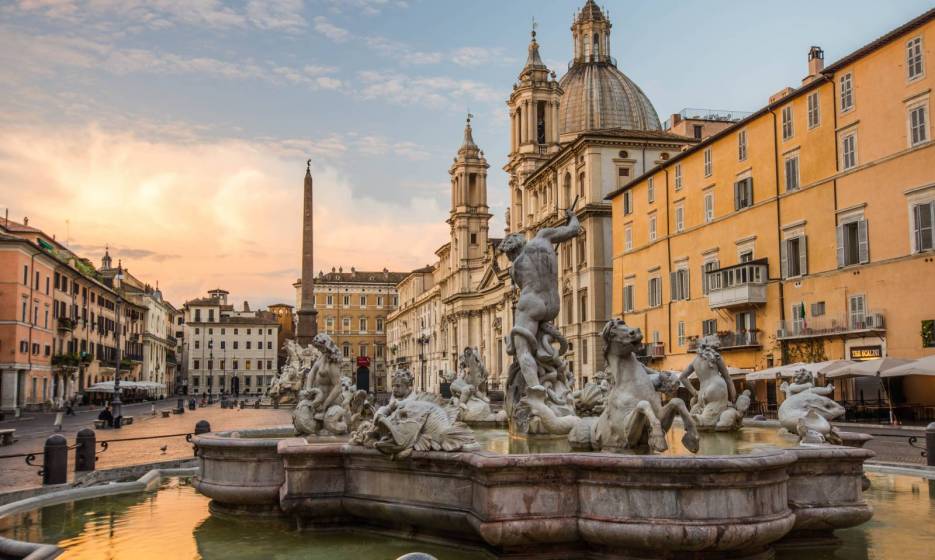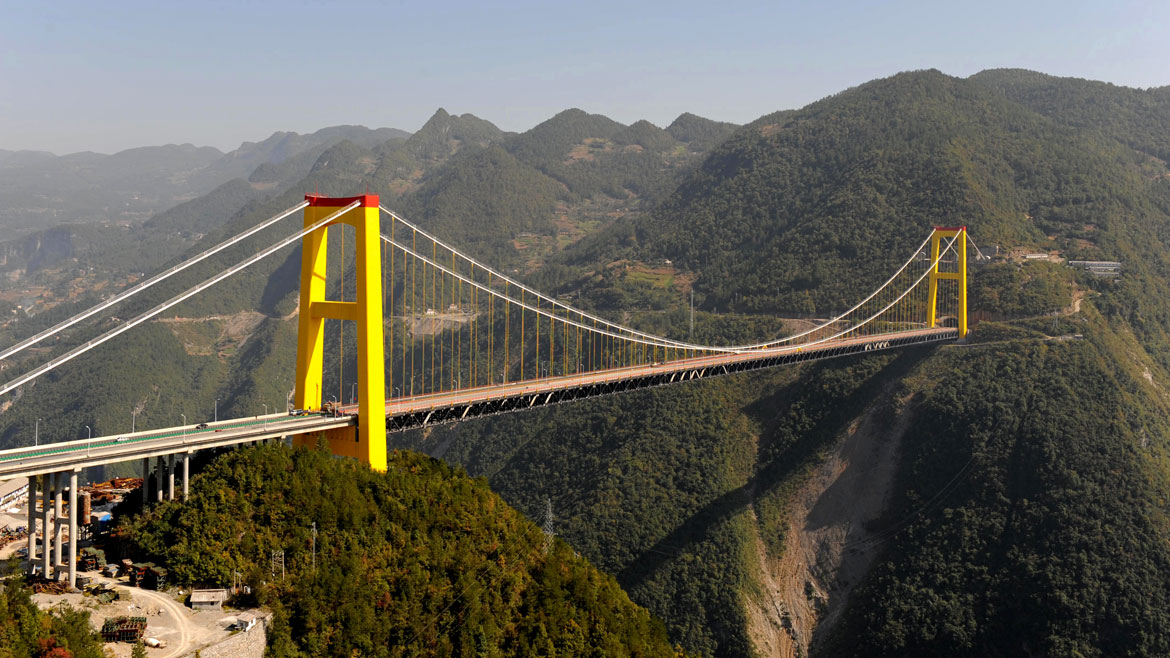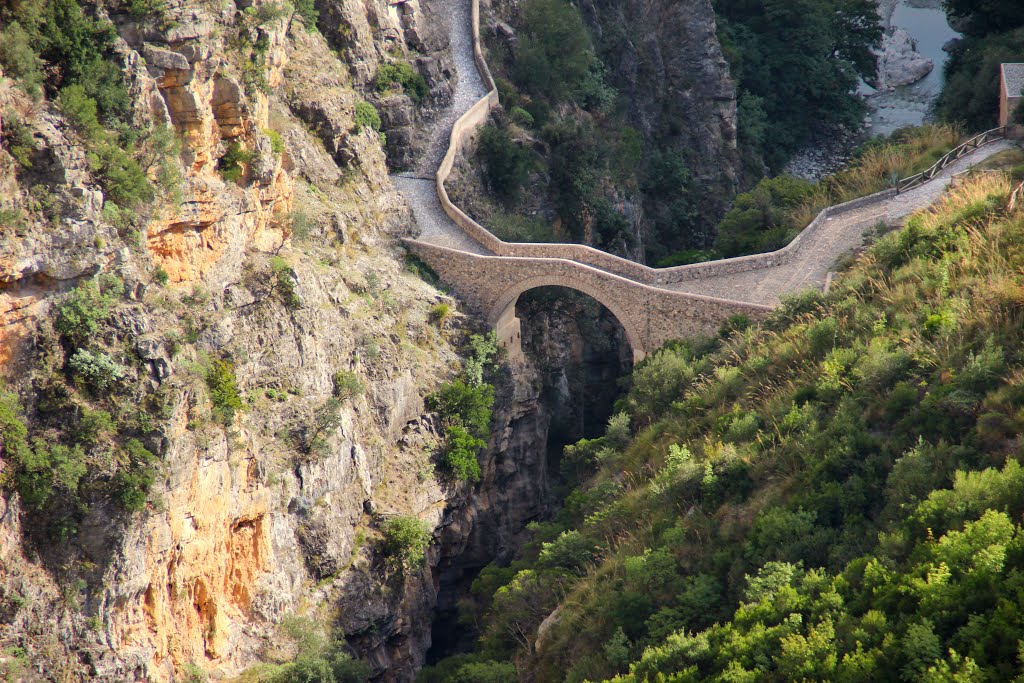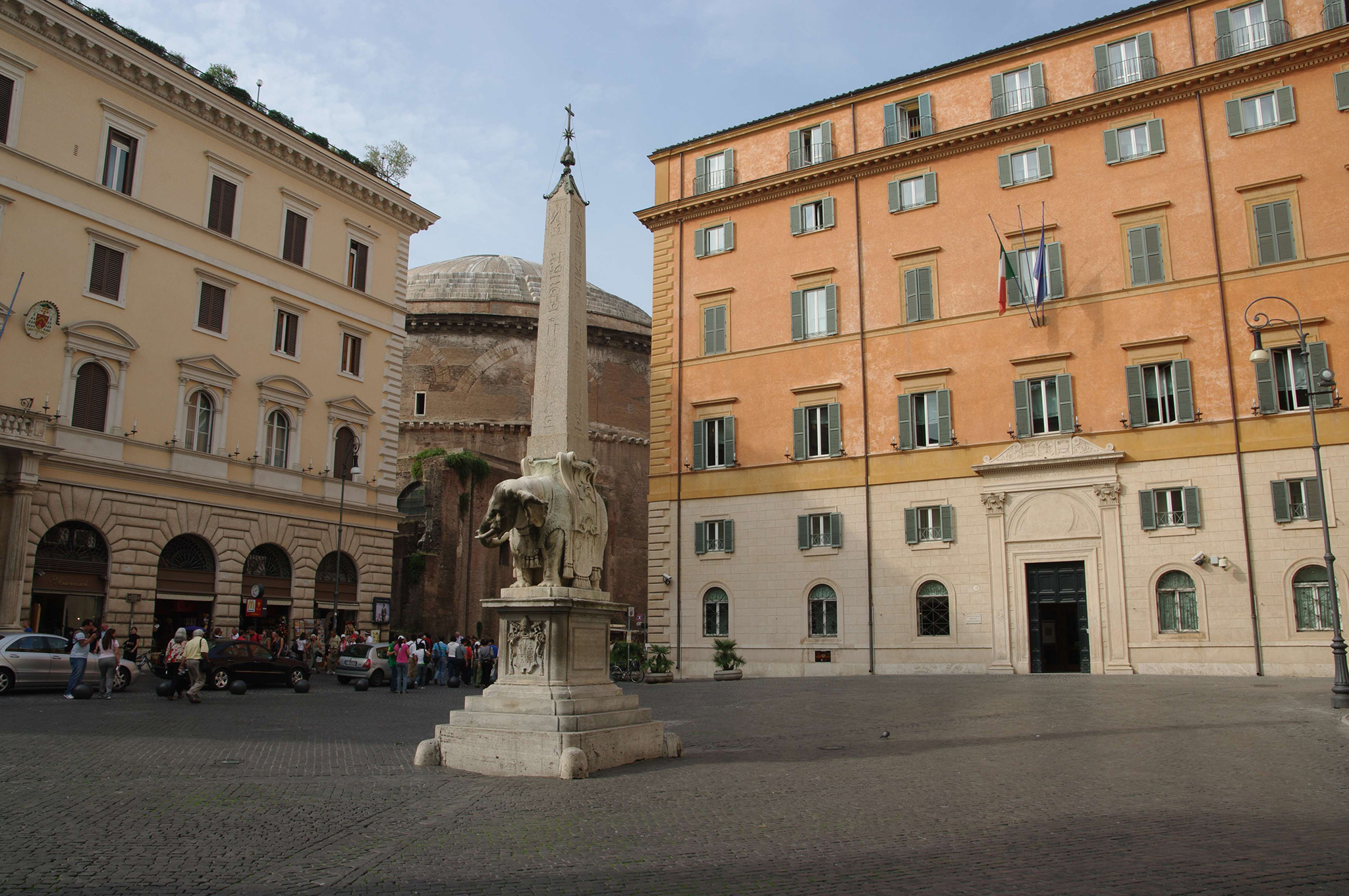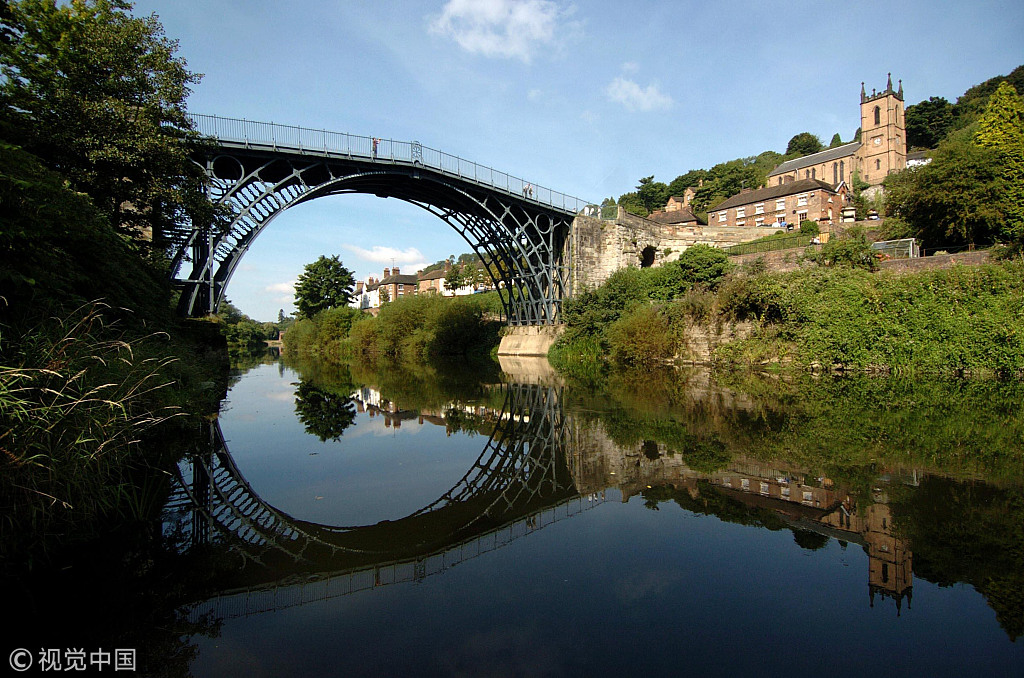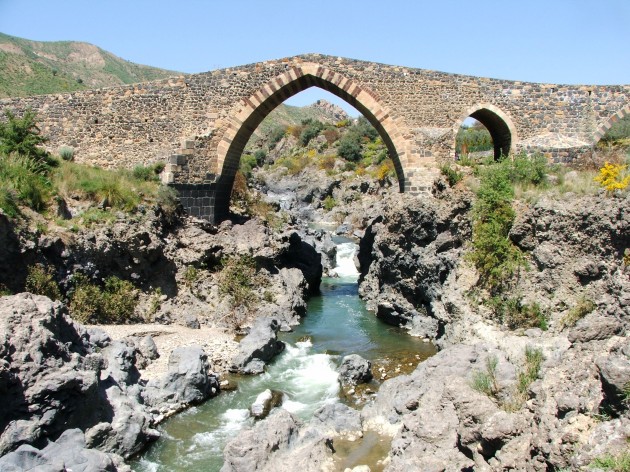Piazza Navona, built on the ashes of the ancient stadium of Domitian, is one of the most beautiful and important squares in Rome.
Great meeting point, the square is always very crowded: street artists, painters, tourists but also the Romans themselves. Despite the great impact of tourism in many people come here to sit on the benches, eat an ice cream or just chat in the bars and clubs that animate it. Piazza Navona can in fact be considered the most loved square by the Romans.
During the Christmas period, until the traditional night of the Epiphany, the square is illuminated with a thousand colors, and is filled with stalls selling sweets, crafts and figurines for the crib.
With its fountains, palaces and the beautiful Church of San’Agnese in Agone is the quintessential Roman Baroque.
Its characteristic oval shape follows the ancient perimeter of the underlying stadium that the Emperor Domitian had built in 86 AD for the Greek athletic games, the so-called agones, from which the name of the square derives. A false urban legend has it that the square, with its concave shape, was used as a theatre for naval battles, while in reality during the summer months the square was flooded with water from the fountains just to combat the strong heat.
Domitian’s stadium was 275 metres long and 106 metres wide, and could hold up to 30,000 spectators! The remains of this ancient structure are 6 metres below the current street level and can still be seen in a building situated in Piazza di Tor Sanguigna or in the underground rooms of the church of Sant’Agnese in Agone.
In the past the square also hosted the local market, with the stalls arranged in an oval shape, which over time was transferred to the nearby market of Campo dei Fiori where it is still located, and limited in this square only to the Christmas period, especially during the Epiphany with the traditional Befana of Piazza Navona.
